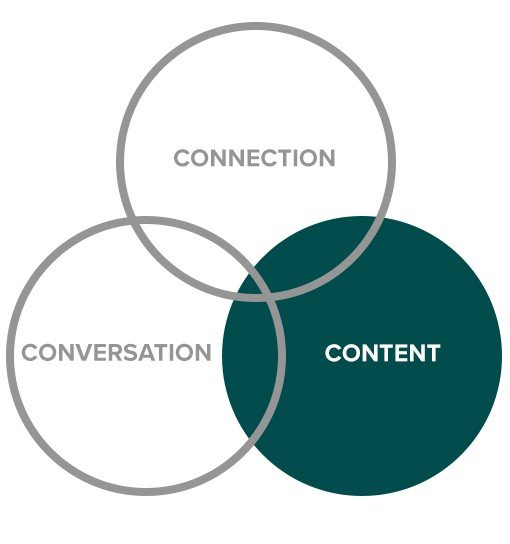Focus, effort and action
In London about 12 years ago I worked on a national behaviour and culture transformation across 170 English hospitals. Our vision was to half the number of infections being caused by poor clinical behaviour (such as hospital staff not washing their hands).
I reported to an inspirational national director, Janice. Her mission was for all English hospitals to raise care standards by ensuring every employee took part. A major challenge in an organisation of over 1.4 million employees, treating 1 million patients every day.
Janice's mantra was to ensure that leaders “focused effort and action” at the most important things to help achieve our vision. And with significant effort and action it worked! We made major national improvements to clinical care and saved many lives.
Leaders and employees had the right conversations and took action on the important interventions that would save patients lives and raise standards.
We asked leaders to engage every member of the hospital team, from the Board to the Ward. Everyone on the team needed to knew their role and made their contribution. And eventually they did.
Be purposeful
We are all so preoccupied at work. There is so much change happening. So, when leaders communicate it needs to be purposeful, for them and for employees. By this, I mean that communication should have an action or outcome aligned to the needs of the organisation.
That’s not to say that informal conversations are less important. These are vital to build connection. But informal discussions are distinct from formal manager/employee dialogue. (This was covered in my blog last week).
By holding a regular team meeting, leaders are four times more likely to have engaged employees on their team (Gallup 2017).
What should leaders discuss to help focus employees?
Many leaders ask me what they should discuss with employees at their team meetings. Typically, managers default to a performance based discussion, commentary on employees work and advice giving. But this could be doing more harm than good.
Focusing on the right CONTENT of your conversations with employees is a key skill for leaders and the second step in my Powerful Communication approach.
Whilst performance feedback is one important aspect, this alone doesn’t enable employee improvement or alignment. Performance discussions are one of many conversations that help to effectively engage and build performance.
Answering these four key employee questions consistently at individual and team meetings will bring clarity for employees, engage them in strategy, align performance and action.
The Four Key Questions from Employees:
What do I do?
How do I help us to succeed?
What is my performance/behaviour?
What is my future?
Like glue
The right conversations are like glue: they bind employees ideas, thoughts and actions to a vision. They unite teams and actions towards a common goal.
I have seen first hand that with focus and effort the right conversations can transform results, turn around businesses and save lives!


